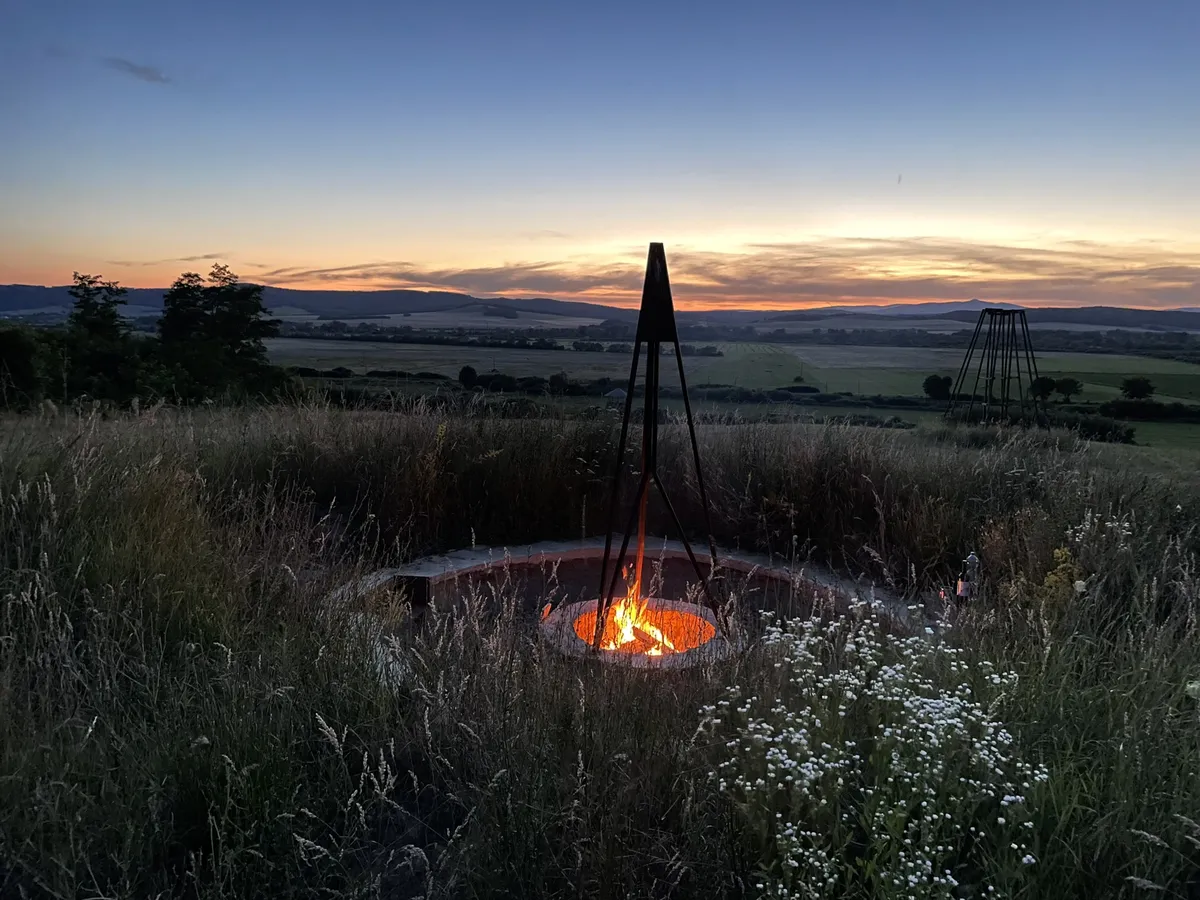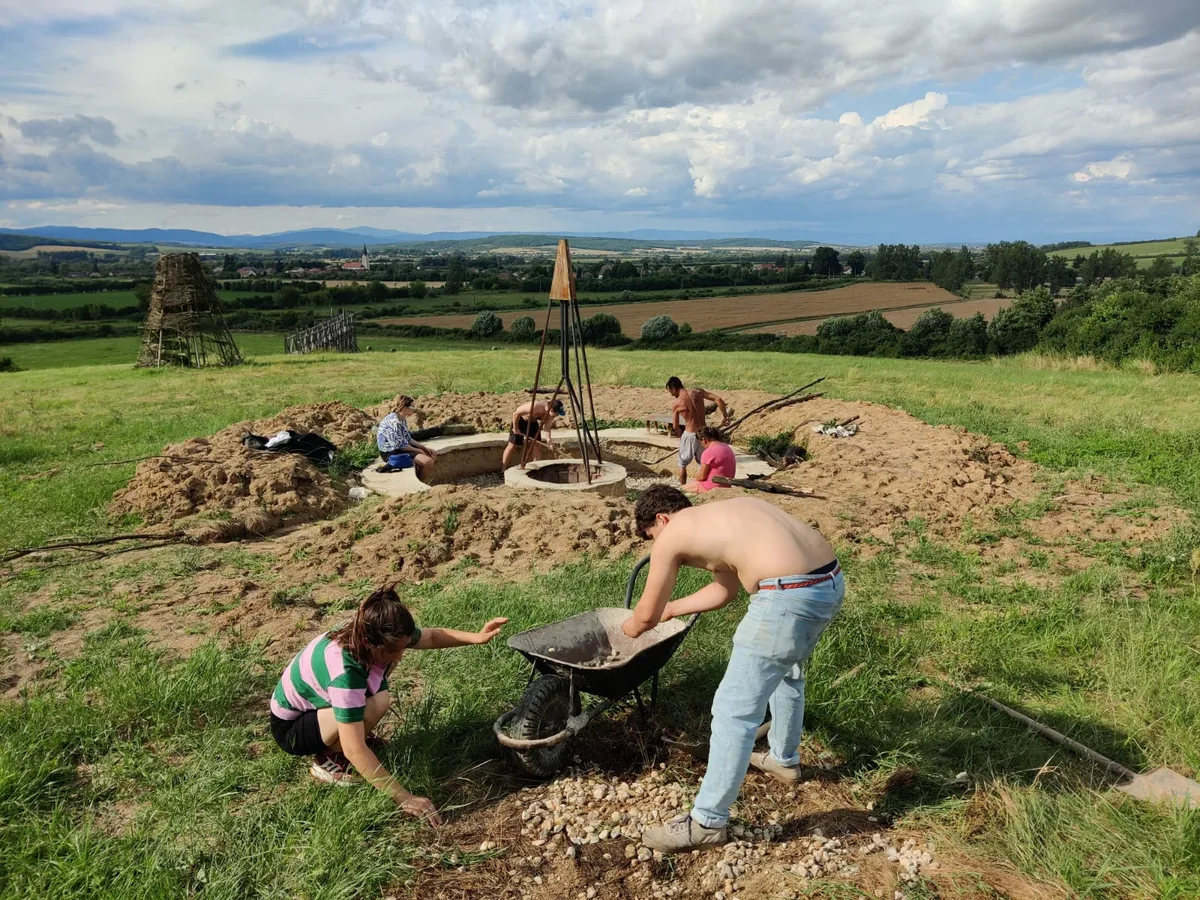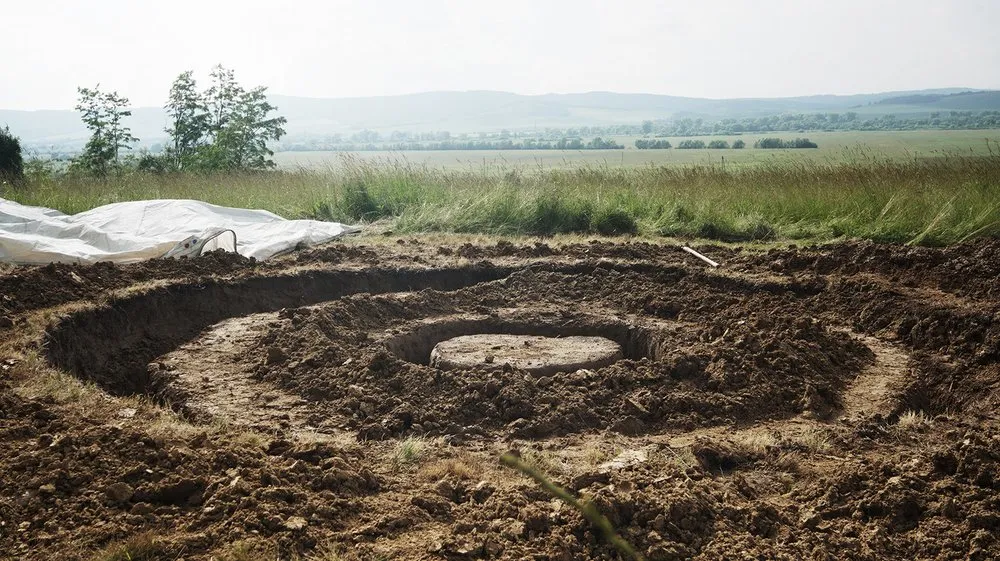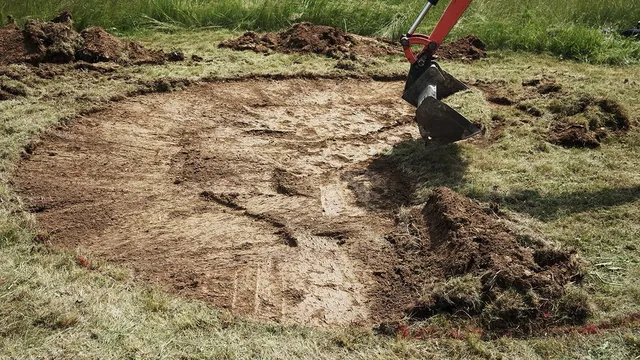
1/6

2/6

3/6

4/6

5/6

6/6
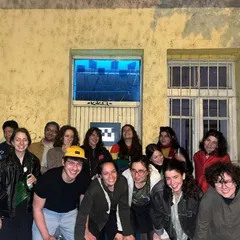
Author(s) / Team representatives
Budapest Architecture Student Studio, Donát Álmosdi, Tamás Révész, András Paragi
Profession
architect
Collective/office
Budapest Architecture Student Studio
Co-authors/team members
Members of Budapest Architecture Student Studio
External collaborators
Hundred Sparks Association, Szabó Péter Róbert, Fenyvesi Zsófi, Borlai Botond
Project location
Ipolytarnóc, Hungary
Budget in euros
3000 EUR
Area
50 m2
Project start date
2023.06.04.
Project completion date
2023.06.11.
Client
Hundred Sparks Association
Builder
Budapest Architecture Student Studio
Website
Photo credits
Révész Tamás, Álmosdi Donát, Fenyvesi Zsófi
